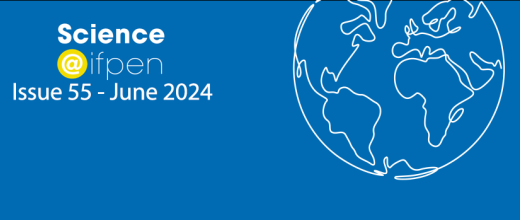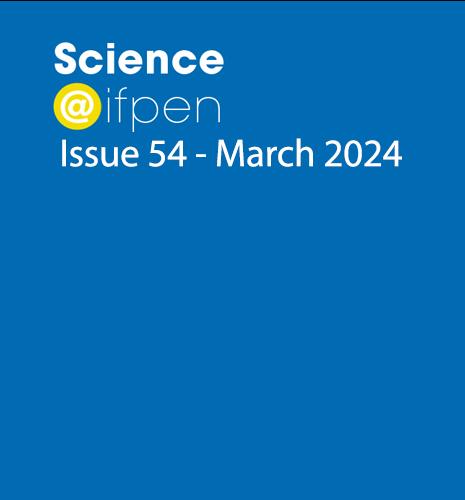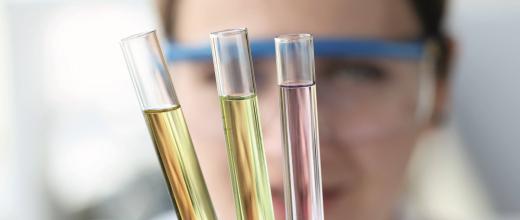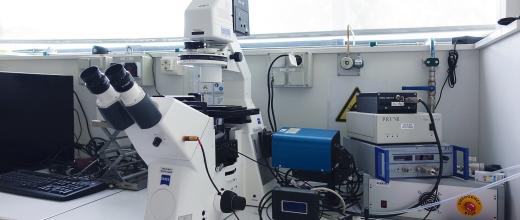Focus on...
Fundamental Research
News
17 June 2024
Groundwater: IFPEN co-founder of the GeEAUde chair
Face à l'urgence de préserver les ressources en eau souterraine, fragilisées par les changements climatiques et la pression anthropique, les acteurs de la recherche se mobilisent. Expert dans la caractérisation géologique et la modélisation des écoulements dans des milieux poreux complexes, IFPEN est co-fondateur, avec l’INRAE, de la chaire partenariale GeEAUde lancée par Avignon Université, et mettra à son service des compétences reconnues s’étendant de la caractérisation expérimentale à modélisation du sous-sol.
Fundamental Research
News
16 May 2024
Issue 54 of Science@ifpen - Fundamental Research for Innovation
Special scientific challenges (SC)
Fundamental Research
News
14 May 2024
Characterization of a sub-family of LPMO enzymes with atypical properties
Fundamental Research
News
14 May 2024
The role of AI in the analysis of ancient geographic maps: a window to the past
Fundamental Research
News
18 March 2024
Microfluidics et chemoinformatics : complementary approaches to access thermal conductivity !
Pagination
Pagination
FUNDAMENTAL RESEARCH, THE BUILDING BLOCK FOR FUTURE INNOVATION
Objectives pursued, scientific challenges to be overcome, partnerships proposed: watch a video on IFPEN’s fundamental research strategy.
To find out moreResearch in a few figures
-
 1,095R&I engineers and technicians
1,095R&I engineers and technicians -
 30%of budget dedicated to fundamental research
30%of budget dedicated to fundamental research -
 9disciplinary fields
9disciplinary fields -
 15active fundamental research framework agreements
15active fundamental research framework agreements









